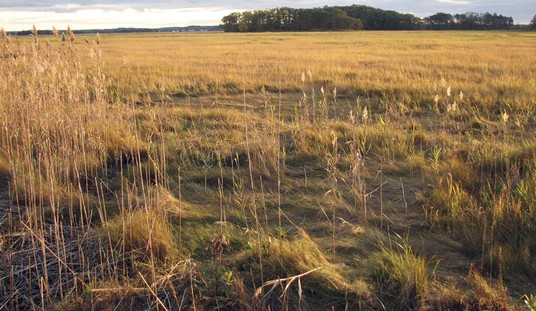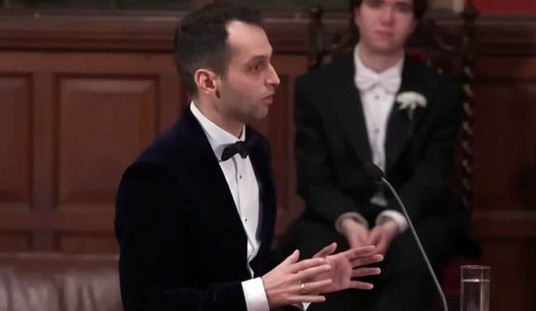Mission accomplished? At least in terms of flattening the curve, yes, CDC director Robert Redfield tells The Hill’s Steve Clemons in an interview released late last night. The shelter-in-place orders have succeeded in tamping down mass community spread and health-care resources are extensive enough to deal with spot outbreaks — for now, anyway. Redfield spends most of the time arguing for a massive investment in public health infrastructure, to the point where the green light for starting to reopen is almost an afterthought.
Still, the green light is given:
The head of the Centers for Disease Control and Prevention (CDC) said Tuesday that he believes the U.S. is ready to begin reopening, even as he acknowledged the need to invest further in the nation’s public health infrastructure and expand contact tracing to avoid sustained outbreaks.
“I want to clarify that the community-based transmission, the community-to-community transmission that overwhelmed the public health departments in late February, March, April, that’s really coming down,” Redfield said in an interview with Steve Clemons, author of The Hill’s daily Coronavirus Report.
Redfield told The Hill that the CDC is working with state public health agencies to contain outbreaks in nursing homes, among homeless populations, in meatpacking facilities and in other areas. He signaled states will have sufficient testing and contact tracing to follow the White House’s guidelines for reopening.
The CDC is actually a bit late to the reopening party, Clemons points out. They finally promulgated a decision-tree matrix for states to consider, but by that time more than a dozen states had already begun to roll back restrictions on the public square. Redfield tells Clemons that was a communications issue, not a policy conflict, and that the decision trees were not the result of a power struggle:
“This outbreak has gone from a CDC to an all-of-government response,” he said, saying the guidelines went through an inter-agency review process.
“One of the things that became clear at the task force when we put up our initial guidelines is a number of people criticized, and I think appropriately, that a lot of our guidelines are written in what they called CDC-eze, meaning that they’re not easy for the American public to actually get through,” he said. “And so the decision was, why don’t you guys do some decision trees that are simple one-pagers. You’ve probably seen them targeting the American public. And we released those six decision trees last week.”
Just because we’re ready to start reopening doesn’t mean the crisis is over, Redfield warns. The spread should slow over the next few months but it might pick up steam in the fall. States and local governments should use this time to hire as many contact tracers as possible, to find outbreaks now but more importantly to keep from having to do more shutdowns in the fall and winter. Testing capacity will be a major issue at that point, even if we’re not using the capacity we have right now:
[F]or the states to open up, it was important that they could test people that have flu like illness and or syndromic disease. They could set up surveillance. They had the contact tracers that they needed right now. But in the fall/winter, we’re going to need a much more robust workforce because we’re going to make the mission that we’re going to stay in containment. We can’t get to the point that we have to retreat from containment. I believe we’re going to get there. The testing has to be readily available, and it’s increasing. I think yesterday there were 400,000 tests done in a day. You know where that exact number needs to be is being defined. But Congress really helped enormously, where they released $11 billion for the states to begin to really concretize that testing and contact tracing and isolation.
The bottom line is that we have enough resources now to deal with the spot outbreaks that reopening will create. That means we need to get people back to work now, because that economic activity will fuel our later efforts at containment and eradication. Redfield sees the need for an investment in public-health infrastructure on the scale of three to six trillion dollars to deal with future pandemics. We can’t put that kind of investment together without a fully functioning economy, especially when whatever resources we have on hand are being spent on the consequences of the shutdown on private businesses and employment. Redfield’s not backing reopening because of politics — he’s backing it because of that hard economic reality.
Watch the full interview between Redfield and Clemons here. It’s pretty dry — Redfield isn’t exactly a dynamic speaker — but it has some nuggets worth watching.









Join the conversation as a VIP Member